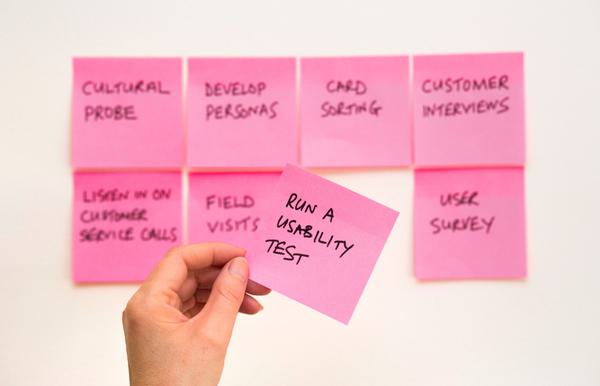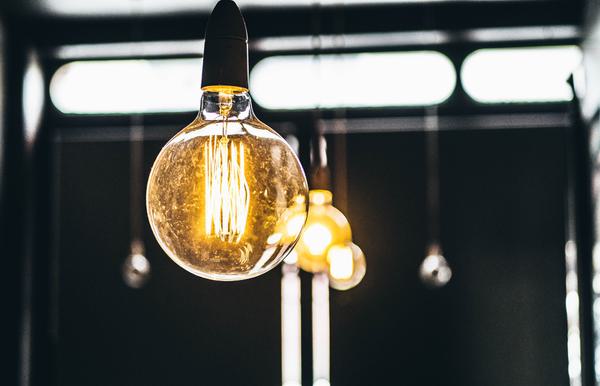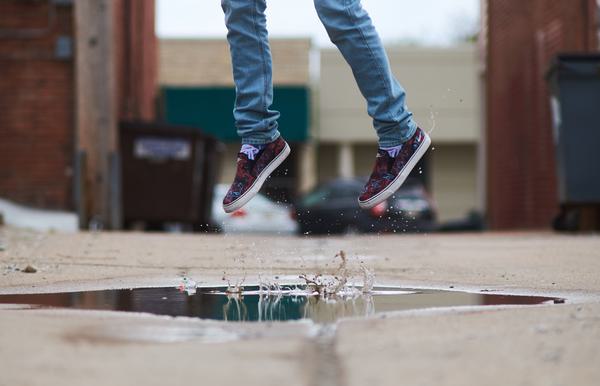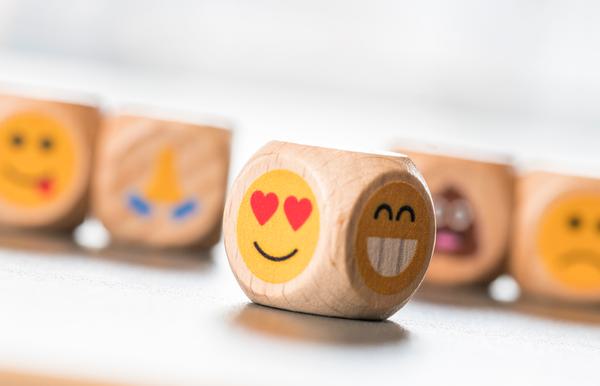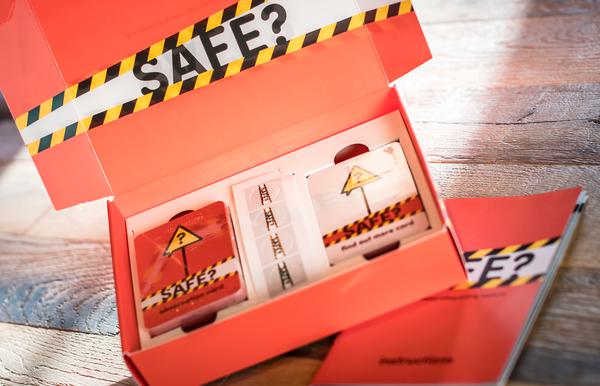In 2014, we developed our own creative process which - while it isn’t based on the one used by Google, Apple or other technology innovators - turns out to be very similar. This is because the simple principles that it includes aren’t rocket science; for the most part they’re just about common sense and hard work.
In the middle of our HQ in Luton, we’ve built a huge Innovation Wall, made out of a kind of magnetic glass board. We use this to track new innovation projects across the organisation, as they’re developed by the team. The five panels of the wall correspond to the five stages of our innovation process, and projects move along the wall as they progress through development.
Our process follows a format known as ’phase-gate’. This means that there are several stages or ‘phases’ of development, linked by ‘gates’ which provide a criteria for moving between those stages. So in order to move from say, the first to the second stage, or the fourth to the fifth, a project must follow the pre-agreed rules to progress through the 'gate'. These ‘gates’ are what ensure an innovation process is robust, rather than just a way of recording inevitable progress. If an idea isn’t developed properly, it won’t advance through the stages.
The stages are:
Opportunities
Good innovation starts ahead of the idea. We work hard at listening - to young people, to their culture, and to those that work with them. By listening to teachers, parents, media - and most importantly to teenagers themselves - we discover the issues, problems and opportunities that really need a response. A key part of this is our dedicated centre for research. Equipped with all of this intelligence, we then move on to the next phase.
Ideas
We use a variety of creative exercises and techniques - not just brainstorming - to come up with a variety of creative responses to any given opportunity. We involve our whole team in this process, and this culture of collaboration enables us to harness a diverse range of creative gifts and a breadth of youth work experience. We then evaluate our ideas, and develop the very best ones.
Development
Once we’ve decided on an idea, we work hard to ensure that we create the best version possible of it. We do this by asking a range of tough questions about how we can improve the resource, event, programme or model that we’ve begun to create. This is often the most tempting phase to skip over, but it’s arguably the part that makes the difference between good and great innovation.
Pilot & Enhance
We test everything that we do, and in most cases that happens in the context of our pioneering Luton hub. We create time-limited prototypes and pilots, and run them with the expectation that we’ll discover flaws and possible improvements. Then we make sure we put what we’ve learned into action, and create a better version ready for launch.
Launch & Evaluation
Finally, we’re ready to launch. When we do that however, we’re committed to also evaluating and learning from whatever we’ve created. We do this by evaluating against our original aims for the innovation - which forces us to set clear aims in the first place! And through the process of evaluation, we often discover new opportunities… and the process begins again.



